How to calculate steering effort for my DIY GO-KART project?
- Thread starter MANISH619
- Start date
Don't know exactly what you are looking for when you say " Steering effort".
Maybe this will help.
If you lengthen the pitman arm, the one on the steering shaft, it will make the steering faster and take more effort.
If you lengthen the steering arms on the spindles it will make the steering slower and take less effort.
And welcome to OldMiniBikes.
Maybe this will help.
If you lengthen the pitman arm, the one on the steering shaft, it will make the steering faster and take more effort.
If you lengthen the steering arms on the spindles it will make the steering slower and take less effort.
And welcome to OldMiniBikes.
That is a big contributor but I think the biggest thing is the kingpin in relation to the wheel centerline. The closer the better. This is why modern vehicles have the wheel offset so close to the outside of the wheel. Its something that hasnt carried over to the gokart world yet. Having those far apart combined with a heavy castor angle will make the steering extremely heavy because you are actually lifting the weight of the kart up and down when you steer. And if you dont have that castor you will get bumpsteer like crazy. So having that close centerline will solve both of those issues.
That is a big contributor but I think the biggest thing is the kingpin in relation to the wheel centerline. The closer the better. This is why modern vehicles have the wheel offset so close to the outside of the wheel. Its something that hasnt carried over to the gokart world yet. Having those far apart combined with a heavy castor angle will make the steering extremely heavy because you are actually lifting the weight of the kart up and down when you steer. And if you dont have that castor you will get bumpsteer like crazy. So having that close centerline will solve both of those issues.
The problem with go kart spindles and steering is called scrub radius. Scrub radius in an automobile is the point where the king pin inclination meets the ground and the exact center of the tread patch. If they line up then you have minimal steering effort. The go kart wheel offset creates a huge amount of steering effort. Add in Caster to the equation and you are lifting the chassis when you turn the wheels. Adding even more steering effort. But if you don't lift the chassis to lighten the inside tire a go kart wont turn very well.
As far as bumpsteer, you have to have suspension travel in order to have bumpsteer. Bumpsteer is created by the control arms traveling up and down in one arc and the tie rod traveling in a different arc due to differences in length. A long control arm and a short tie rod will cause excessive bumpsteer. If they are close in length there is minimal bumpsteer. If they match in length then there is no bumpsteer.
So keeping the tire and wheel as close to the spindle as possible will help reduce steering effort.
Doug
I really appreciate all of your points but the thing is I'm using triangular plate instead of pitman arm but the mechanism remains same and I have KPI 22° with spindle length 5 inches & +ve caster 5° and I'm not using any kind of suspension (since it is mentioned in rulebook of race event in which I'm gonna take part with my own kart & also it is no longer required because the event will be conducted on professional race track which is flat enough and my chassis material is also capable of absorbing small shocks).... I just wanna know if I can somehow calculate or is there any mathematical expression exist which gives relation of above factor (KPI,etc...)so that I can get some value of force which I have to apply on my steering wheel with above factors taking into consideration.
Sent from my CPH1729 using Tapatalk
Sent from my CPH1729 using Tapatalk
Yes, sure... I would really like to see those measurements.
Sent from my CPH1729 using Tapatalk
Vintage race karts had generally, 12 to 15 degrees of castor, and seven degrees of king pin inclination. This does lift the kart, and the inside wheel is lifted during turns.
I can go out and take measurements of my Rupp Grand Prix if the OP wants, as long as his requests are specific.
I can go out and take measurements of my Rupp Grand Prix if the OP wants, as long as his requests are specific.
I hope this helps, I don't know what type of kart you are building. 1965 Rupp Grand Prix Kart profile:
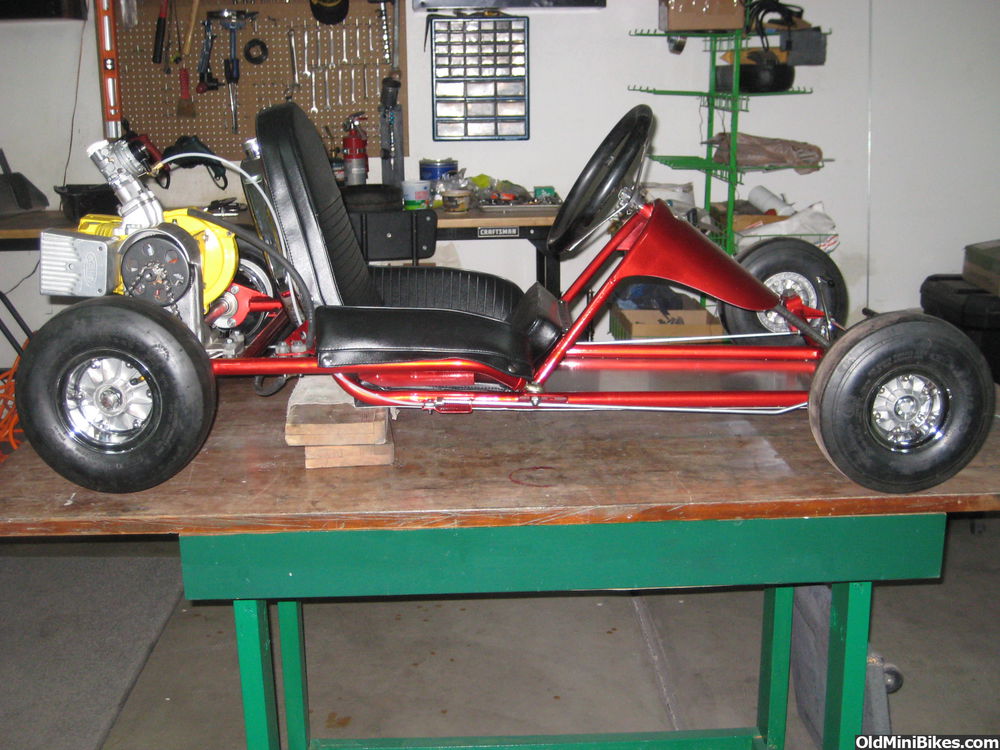
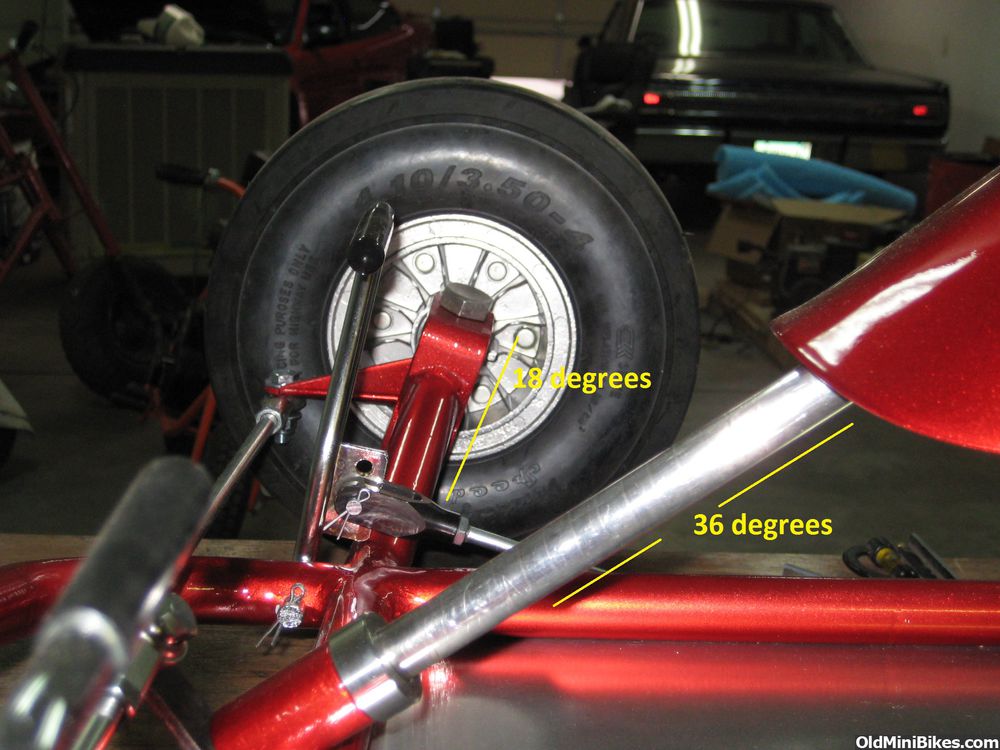
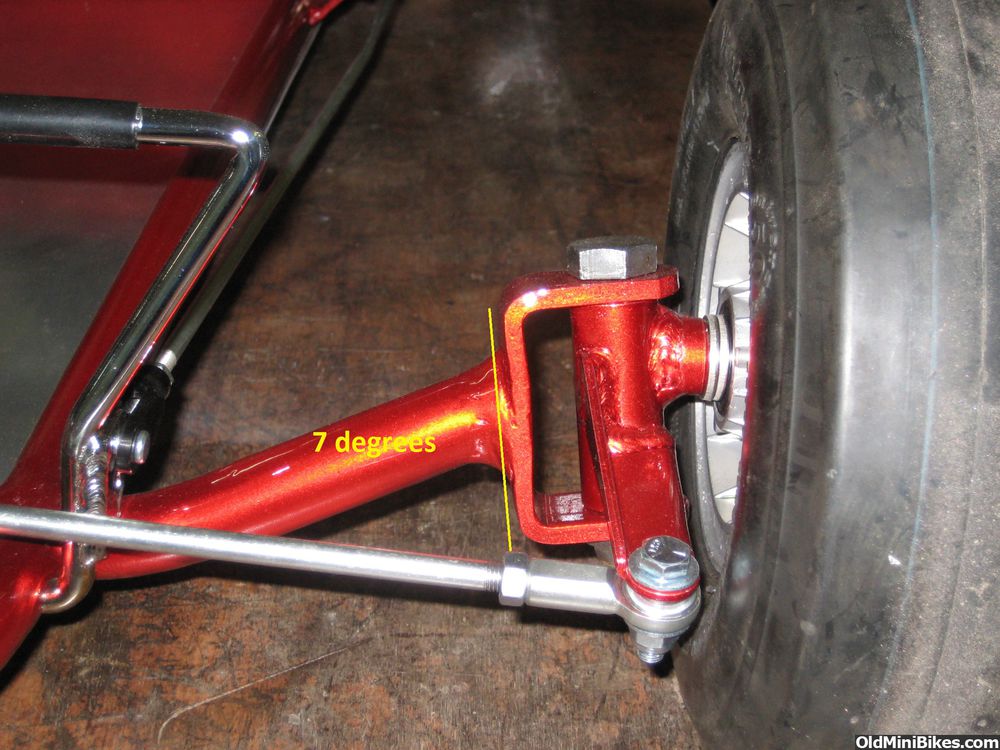
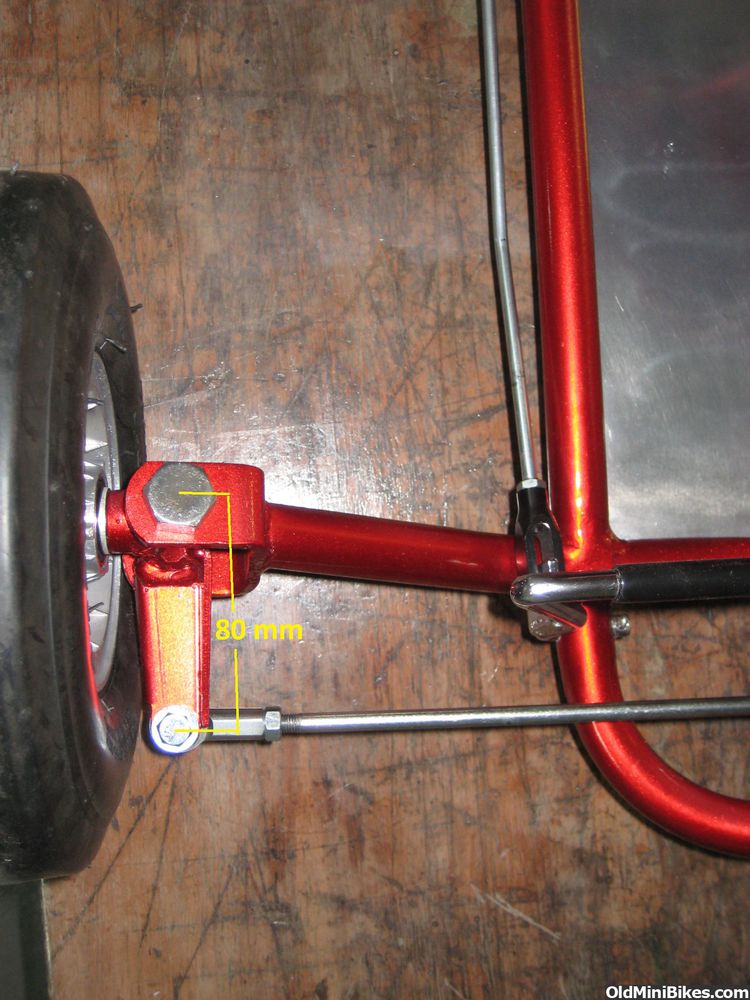
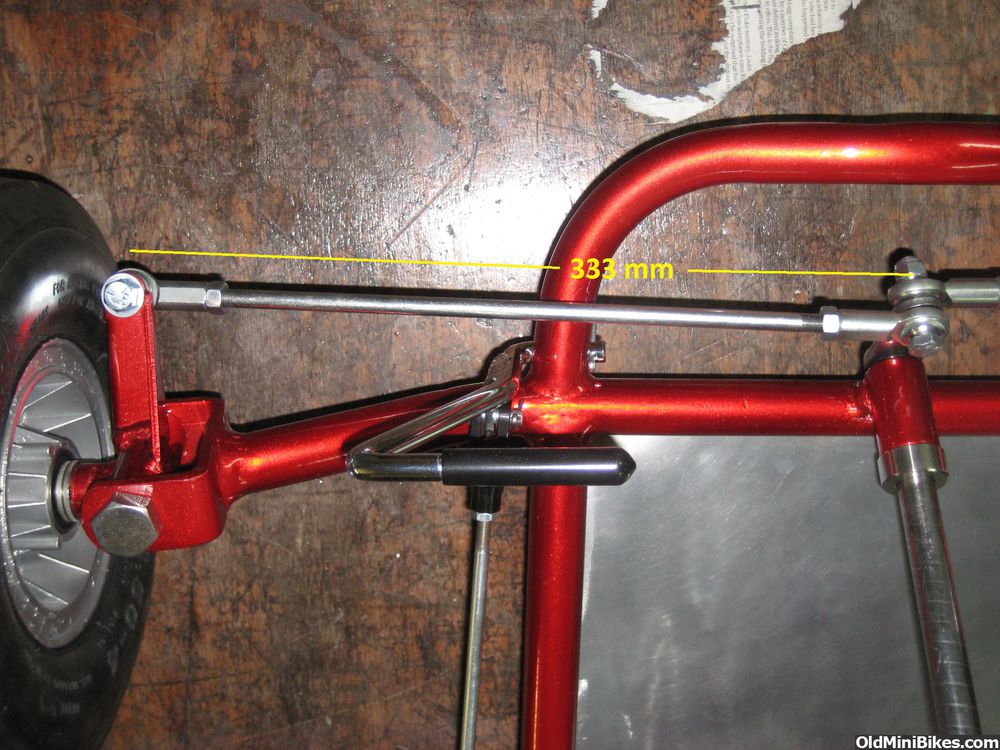
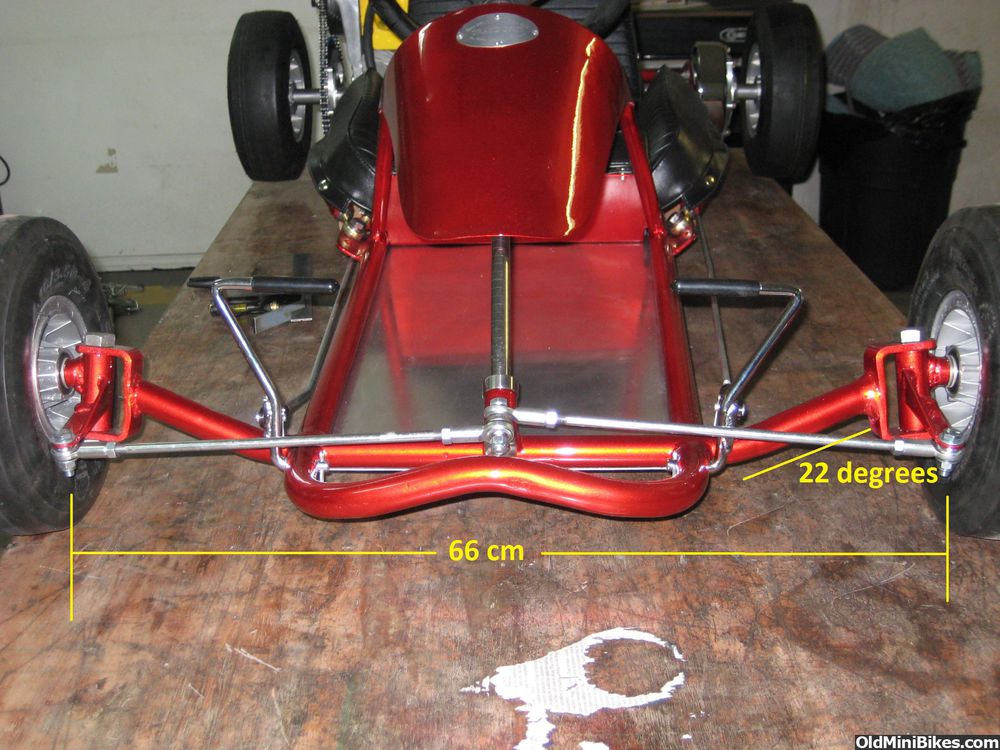
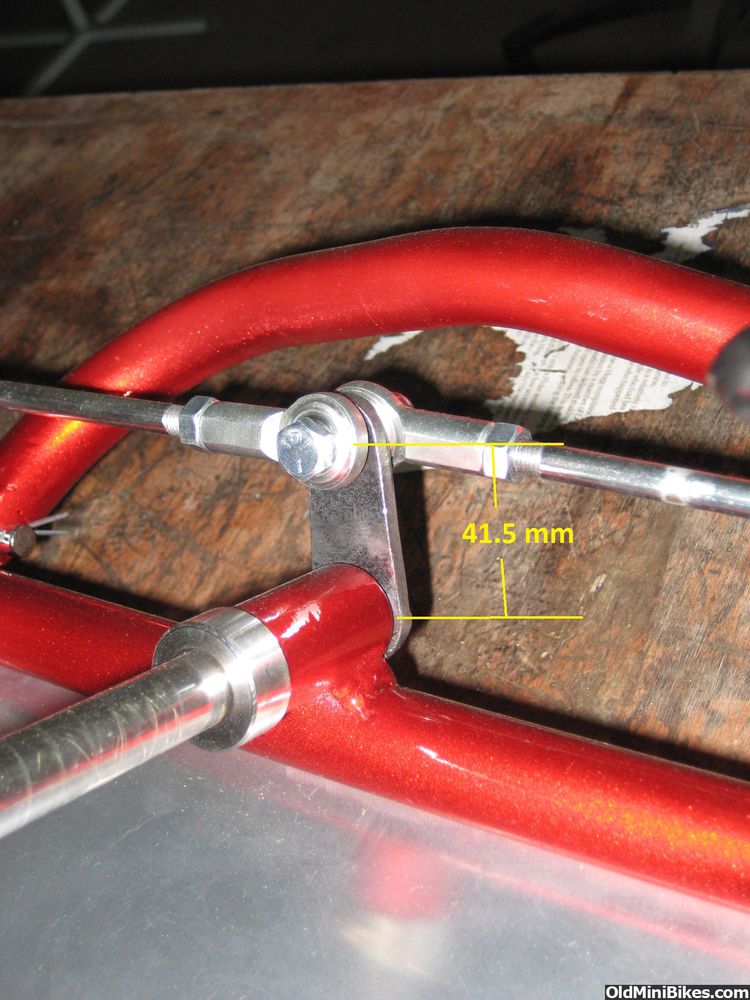
Sent from my CPH1729 using Tapatalk
I am building my DIY- GO KART and done with steering system calculation but just wanna know how to calculate steering effort.... Pls help.
This is what I got from my Senior... Means he used to handle steering department in our go-kart team year before but he left out now... So I just waana know are these calculations are right?
It seems nobody is intrested



